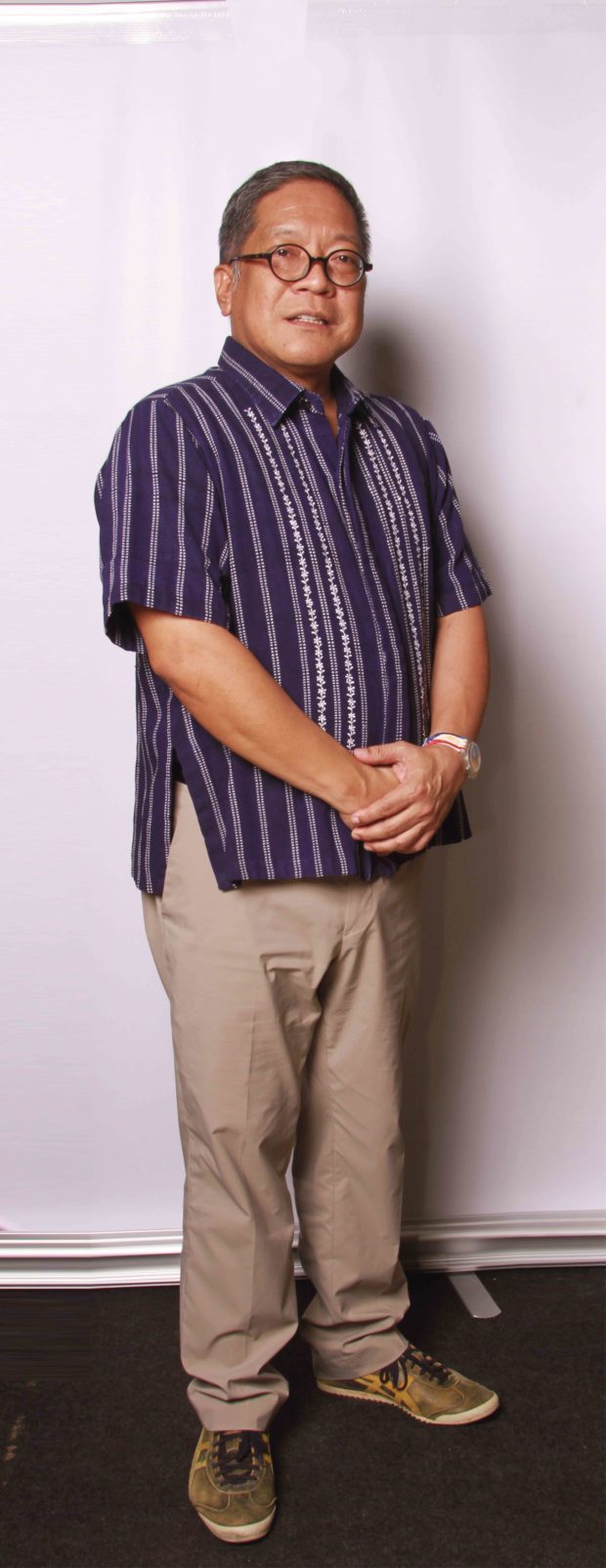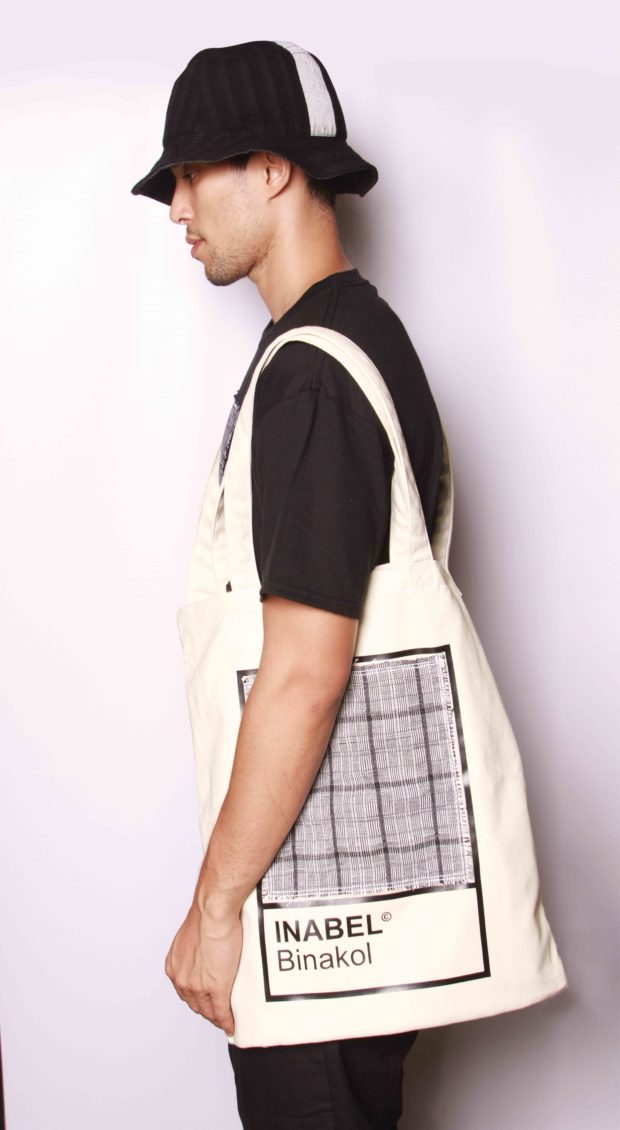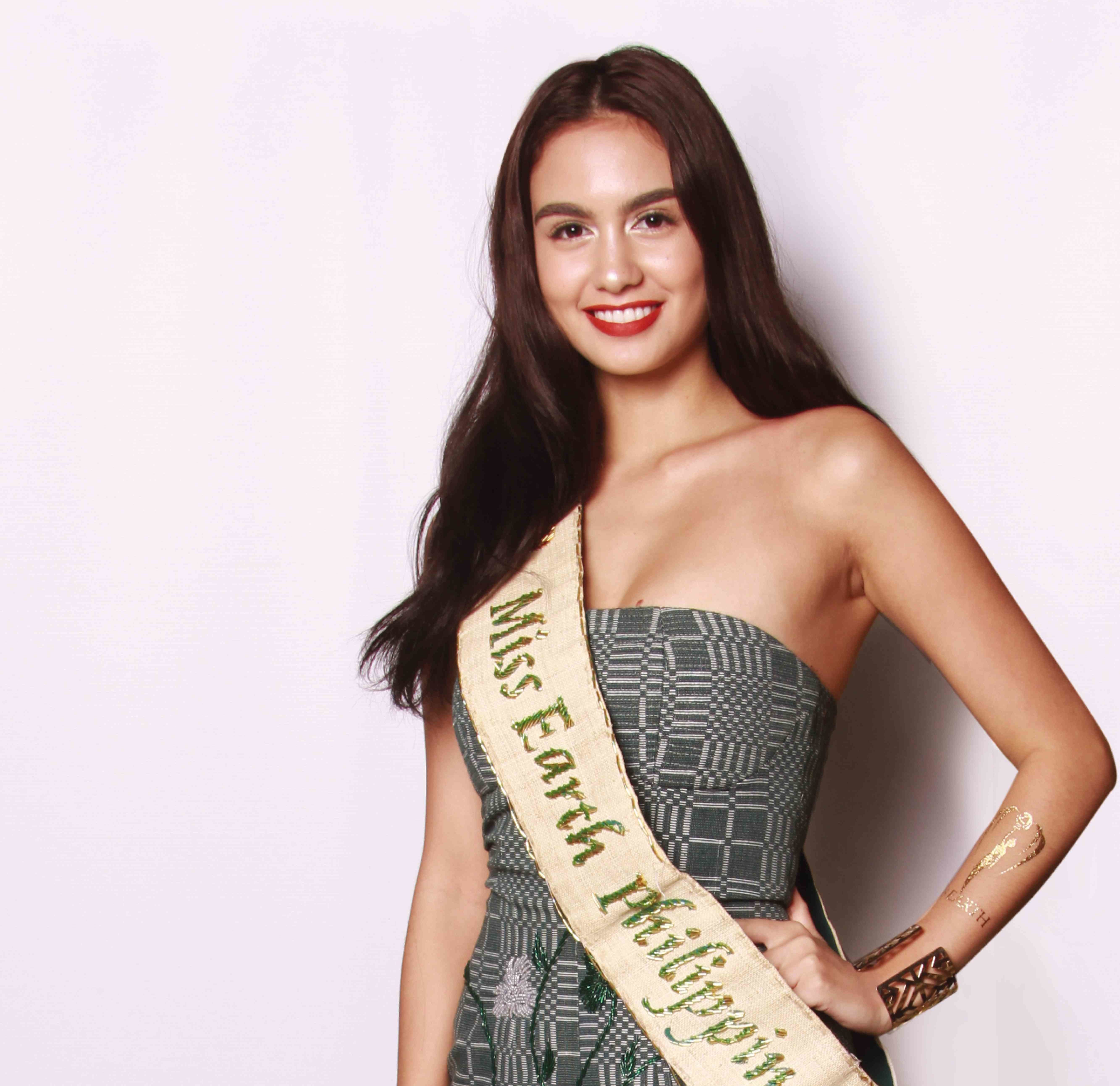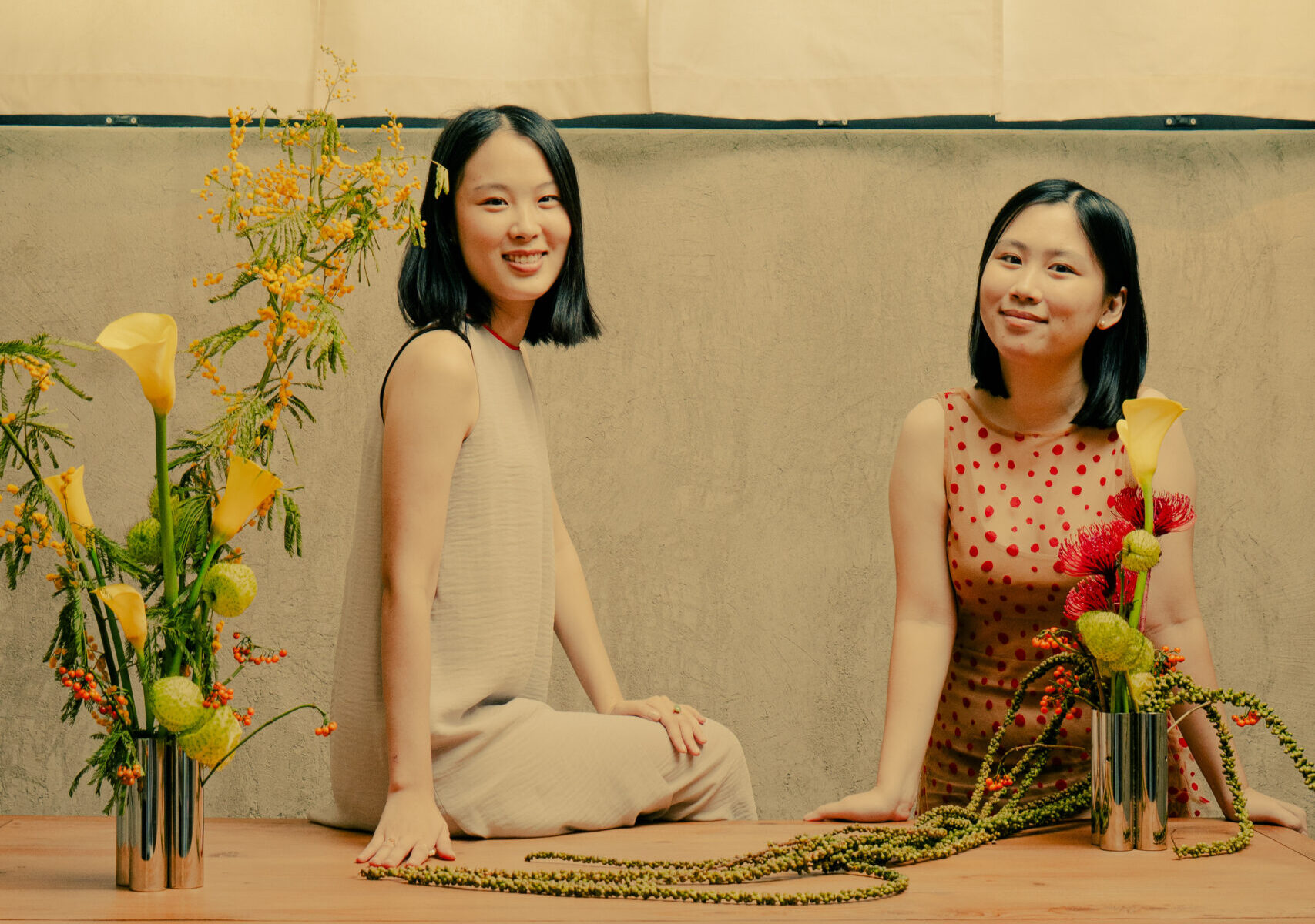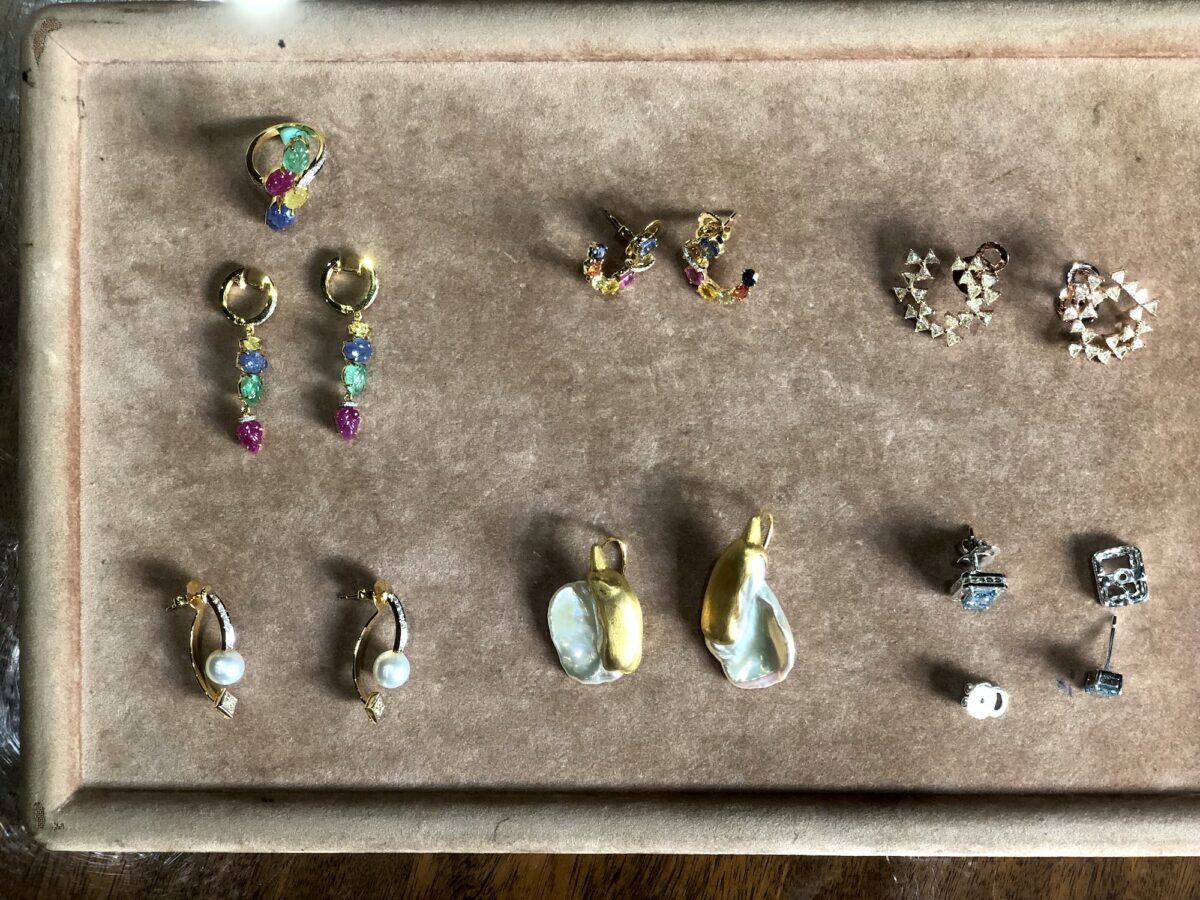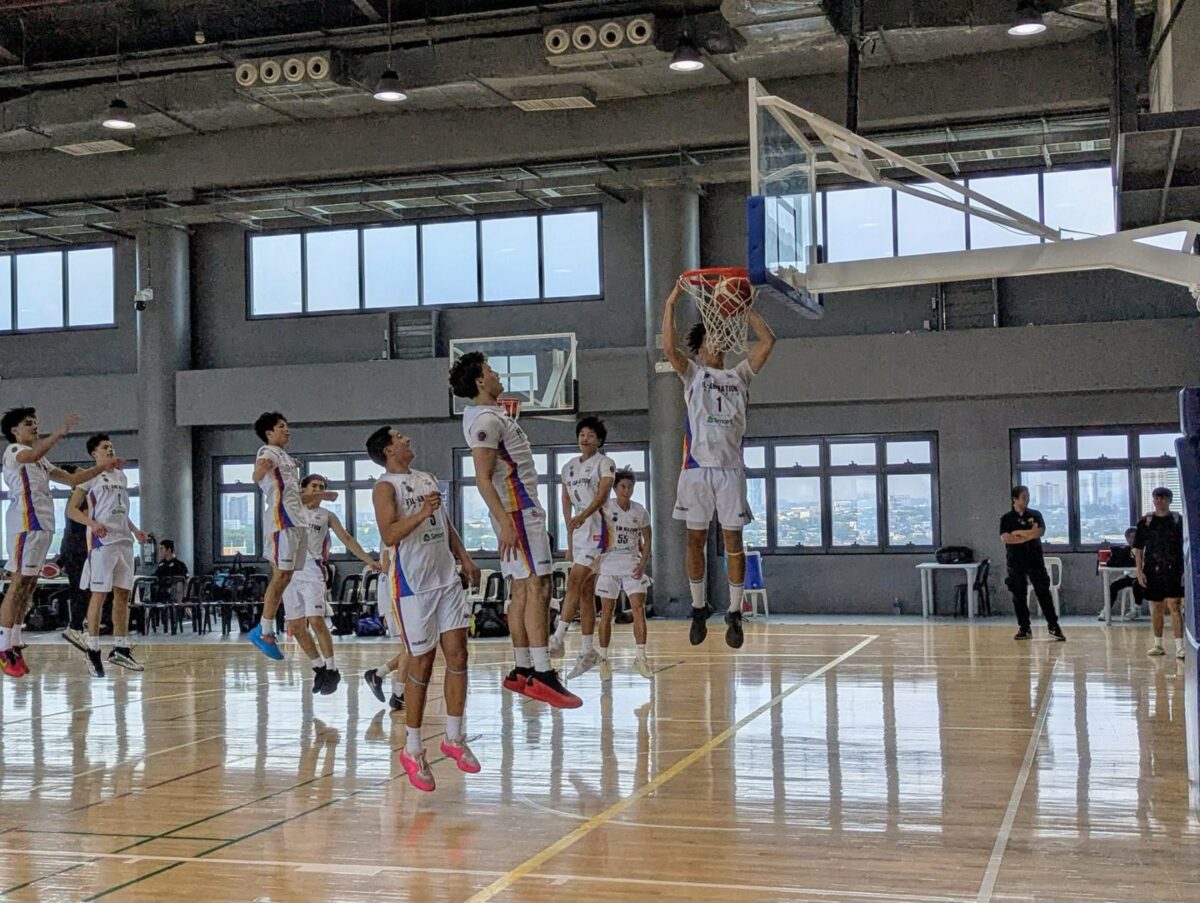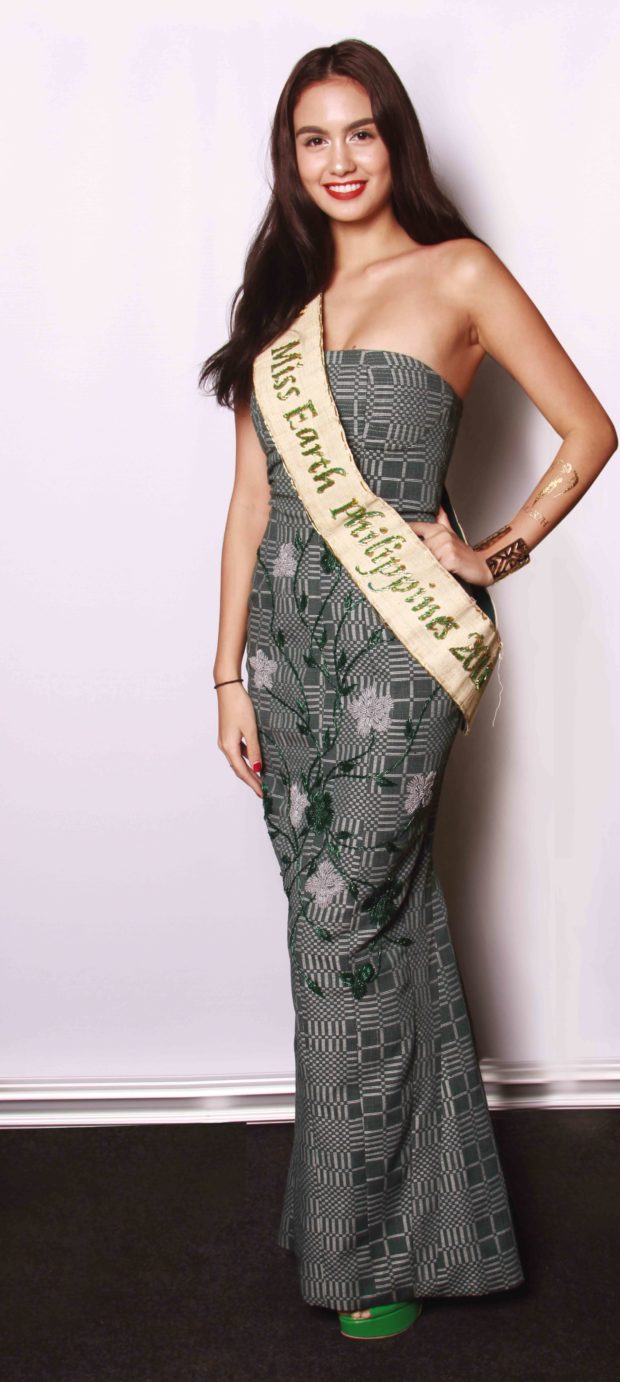
Inabel, or abel Iloko, the cotton fabric commonly used as blankets and tablecloths, has been given a fashion spin.
The recent exhibit, “Art in Aura,” a collaboration between Pinto Museum and SM Aura Premier, presented how abel could be worn by all ages and in all occasions.
It showed how inabel could be used—from children’s clothes to millennial’s casuals, ternos and gowns, and men’s streetwear and accessories.
In 2015, Ilocos-born physician Joven Cuanang, art patron and founder of Pinto Museum, met master textile weaver Magdalena Camayo, who had been conferred the Gawad Manlilikha ng Bayan, or National Folk Artist, by the National Commission on Culture and the Arts. In her hometown, Pinili, Ilocos Norte, she had kept the abel-weaving tradition alive despite having to buy threads.
Before World War II, Camayo spun her own cotton threads and infused beeswax for strength.
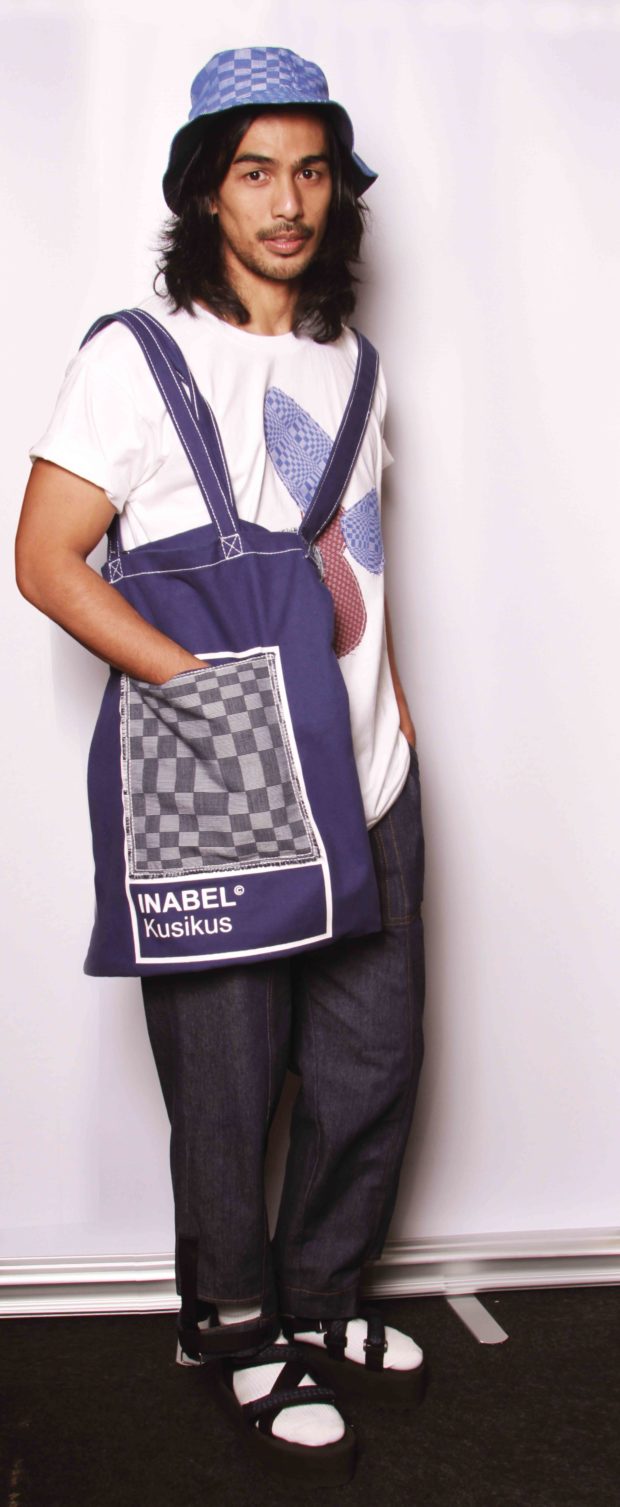
Today, due to the lack of demand for cotton and its threads, she has to be selective in buying quality threads. To pass on the textile tradition, she taught her sister-in-law and her cousin’s daughter-in-law.
When Cuanang met Camayo, he asked what’s needed to preserve the textile tradition. The weavers said they needed looms and a water pump for the cotton plant.
To help the farmers in Pinili, Cuanang acquired cotton seedlings from the Philippine Fiber Industry Development Authority (Philfida), an office of the Department of Agriculture, which supports the growth of the fiber industry.
He also found out that the Community Seed Bank in Ilocos Norte was doing research on cotton seeds.
Initially, the farmers planted cotton seeds on two hectares. The cotton was harvested and spun into yarns and ultimately woven into the abel fabric.
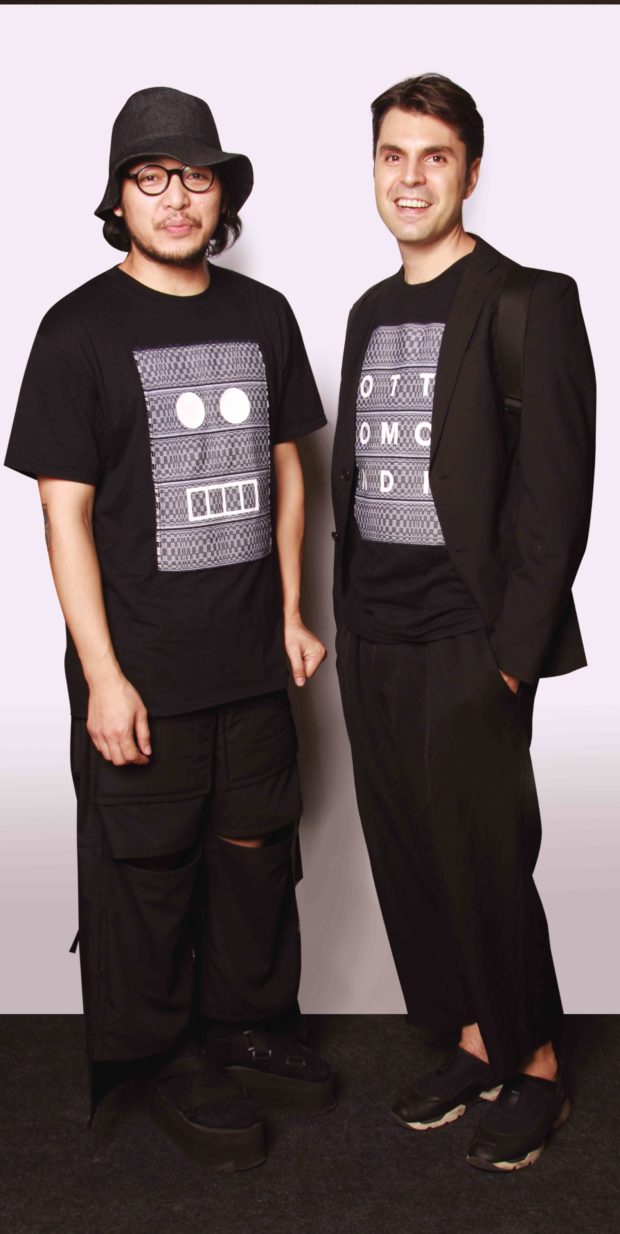
Cooperative
After three years, the weavers have grown to 18. The plantation has since expanded to 22 hectares, and the farmers have formed a cooperative.
Philfida is building a facility for the production of cotton threads in Pinili that will open by yearend.
Cuanang started promoting the new abel among designers. At his Pinto Museum in Antipolo and his Sitio Remedios resort in Ilocos, he sells abel made only of quality cotton threads. He eschews the fabrics that use cheap imported threads.
The exhibit featured the works of three designers. Former broadcast journalist Niña Corpuz, an Ilokana, grew up with abel. She made a career shift to fashion, making clothes for her daughters using the abel Iloko.
She used checkered fabric for frocks while the dresses made with red and green abel with metallic threads were her statement for holidays.

Men’s wear
Otto Sarmiento, a product of the Institute of European Design in Milan, came home to the Philippines from Italy where he was based for 20 years. While visiting Ilocos Norte, he met Cuanang who inspired him to use the abel in men’s wear.
His brand, Ottomondi Red, consisted of T-shirts and body bags with patchworks with the binakol (op art) and kusikos (spiral patterns). It also offered reversible cloches.

Terno
Designer Edgar Madamba used the binakol patterns on cocktail terno, bubble dresses and bustled gowns.
“We wanted to show the process from farm to fiber to fashion,” said Cuanang.
One of the weavers, Magdalena, is 94. “She is hopeful that the abel will enjoy a revival in Pinili,” said Cuanang. —CONTRIBUTED
